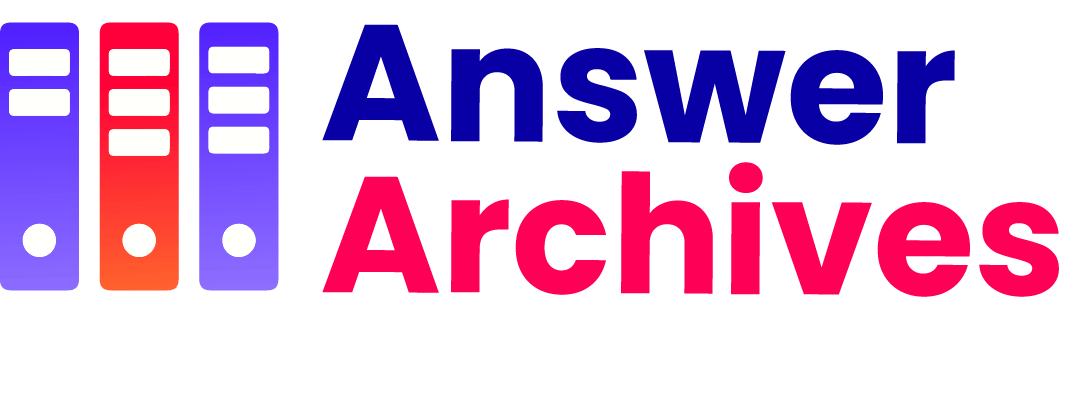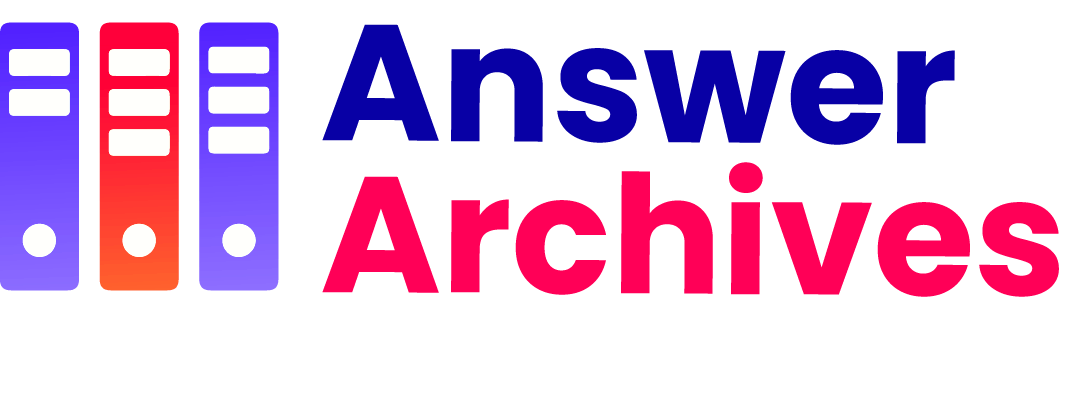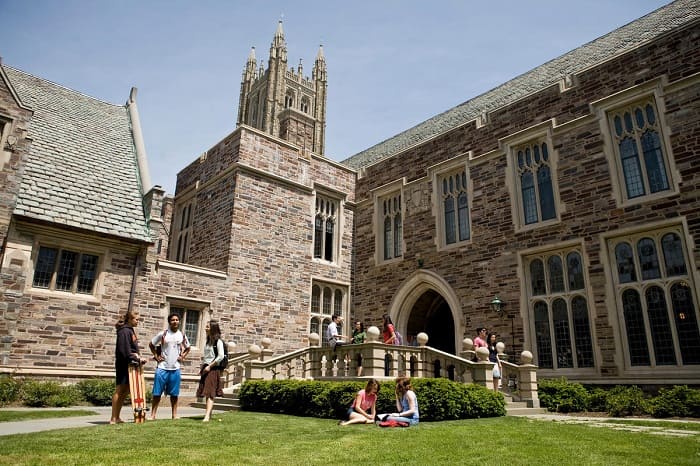Table of Contents
Exploring educational opportunities in the USA can be an enriching experience for international students. This guide provides key insights to help navigate the academic journey in a foreign land.
1. Understanding the US Education System
The United States boasts a complex yet flexible education system, catering to a diverse array of interests and academic needs. It begins with elementary and secondary education lasting 12 years before transitioning to higher education, which is composed of undergraduate and graduate studies.
The undergraduate programs usually span four years, leading to a Bachelor&8217;s degree in arts, sciences, or other specialized fields. Graduate studies include Master&8217;s degrees and Doctoral programs, aimed at providing advanced knowledge and research opportunities.
There are more than 4,000 colleges and universities in the US, ranging from large public universities to smaller private colleges. Public institutions are typically state-funded and tend to have lower tuition fees for in-state residents. On the other hand, private colleges, while often more expensive, are highly revered for their specialized programs and smaller class sizes, which foster a more intimate learning environment. Community colleges offer a more affordable and flexible pathway into higher education, often allowing students to transfer to four-year institutions.
Moreover, the US embraces a liberal arts education philosophy at the undergraduate level, encouraging students to explore a broad spectrum of subjects before declaring a major. This approach not only diversifies one&8217;s knowledge but also cultivates critical thinking and adaptability – skills highly valued in the global workforce. Understanding these facets of the US educational landscape is crucial for international students to make informed decisions and smoothly transition into this new academic environment.
2. Admission Processes and Requirements
The admission process for US colleges and universities is competitive and multi-faceted, each institution having its own set of requirements and deadlines. Key components typically include academic transcripts, standardized test scores, recommendation letters, personal statements, and proof of English proficiency for non-native speakers.
Academic performance is a critical criterion, with an emphasis on grades from secondary education. Most universities require students to submit their academic transcripts to verify their coursework and grades. Standardized tests like the SAT or ACT are often necessary for undergraduate programs, while the GRE or GMAT is required for graduate studies. However, due to the holistic nature of the American admissions process, schools also look at extracurricular activities, leadership roles, and personal achievements.
English proficiency is paramount, as courses are conducted in English. Tests such as the TOEFL or IELTS are commonly accepted to demonstrate language skills. Additionally, recommendation letters from teachers or mentors provide insight into a student&8217;s character and potential. Personal statements or essays offer a platform to showcase one&8217;s motivations, goals, and individuality, speaking directly to the reasons for choosing a particular school or program.
Navigating this process can be daunting for international students, but many resources are available, including school counselors, education fairs, and financial aid advisors. Understanding the specific requirements and preparing documents ahead of time are crucial steps in crafting a compelling application and securing a place in a desired program.
3. Financial Planning and Scholarships
Education in the United States is a significant financial investment, yet various options can help mitigate costs for international students. Tuition fees vary widely depending on the type of institution (public or private), location, and chosen program.
Public universities typically offer lower tuition rates, especially for in-state students, while private universities generally have higher fees. However, private institutions often provide more generous financial aid and scholarship options. Scholarships can be merit-based, need-based, or offered for specific talents or demographics. International students are encouraged to research and apply for these scholarships early, as competition can be fierce.
Government and private organizations offer scholarships specifically for international students. For instance, the Fulbright Program provides funding for graduate students, young professionals, and artists from abroad to study and conduct research in the US. Similarly, many universities have their own internal grants and scholarships reserved for outstanding international applicants.
Additionally, assistantships, both teaching and research, provide another financial aid avenue primarily for graduate students. These positions often offer tuition remission and a stipend in exchange for work within the university. Employment opportunities, such as on-campus jobs, can also help with living expenses, though regulations on working hours must be adhered to, in keeping with student visa restrictions.
Budget planning is essential to manage expenses beyond tuition, including housing, food, transportation, health insurance, and personal costs. International students must carefully assess their financial situation and explore all available resources to ensure a sustainable and stress-free educational experience in the USA.
4. Student Visa Process
Securing a student visa is an essential step for international students planning to study in the United States. The process begins with receiving an acceptance letter from a US educational institution, which will issue a Form I-20 for F-1 visa applicants or Form DS-2019 for J-1 exchange visitors. This form is pivotal as it enables the student to apply for a visa.
The next step is to pay the SEVIS (Student and Exchange Visitor Information System) fee, which registers the student in the US government&8217;s system for tracking and monitoring international students and exchange visitors. Following this, students must complete the online visa application form (DS-160) and schedule an appointment for an interview at the nearest US embassy or consulate.
During the visa interview, students need to demonstrate their intent to study, sufficient financial resources to cover tuition and living expenses, and strong ties to their home country, indicating their intention to return home after their studies. It&8217;s crucial to bring all necessary documents to the interview, including the I-20 or DS-2019 form, SEVIS fee receipt, visa application confirmation, passport, financial documents, and passport-sized photographs.
Once granted, the F-1 or J-1 visa allows students to enter the US and begin their studies. However, staying compliant with visa regulations is critical throughout their stay. This includes maintaining full-time enrollment, reporting address changes, and refraining from unauthorized employment. Any intent to transfer schools or change academic programs must be reported to the Designated School Official (DSO).
Understanding and meticulously following the visa process ensures a smooth entry into the United States, allowing international students to focus on their academic pursuits without legal hindrances.
5. Cultural Adjustment and Support Services
Adjusting to a new cultural environment is one of the most challenging aspects for international students studying in the US. Cultural shock, homesickness, and coping with a different educational system are common experiences. However, universities offer a plethora of resources to help students acclimate and thrive.
Orientation programs are typically organized at the beginning of each academic year, providing newcomers with essential information about campus resources, academic expectations, and social activities. These programs not only serve as an introduction to university life but also as a valuable opportunity to meet fellow international and domestic students.
International student offices are dedicated to supporting students from abroad, offering services such as visa advice, help with finding housing, and organizing cultural events. Academic advisors assist with course selection and help navigate the academic system, which may differ significantly from what international students are accustomed to in their home countries.
Additionally, many universities have counseling centers to support mental health and well-being, crucial for students experiencing stress or anxiety related to cultural adjustment. Joining student organizations or clubs also fosters a sense of community and provides a platform for social engagement and networking.
Language support services, including English as a Second Language (ESL) courses, are often available to help students improve their English proficiency. Participating in cultural exchange programs or conversation partnerships with native speakers also enhances language skills and cultural understanding.
Building a support network of friends, professors, and advisors is vital for a positive educational experience. Engaging with the local community, attending cultural events, and readily seeking help when needed can significantly ease the process of cultural adjustment, ensuring a fulfilling and successful study period in the United States.


